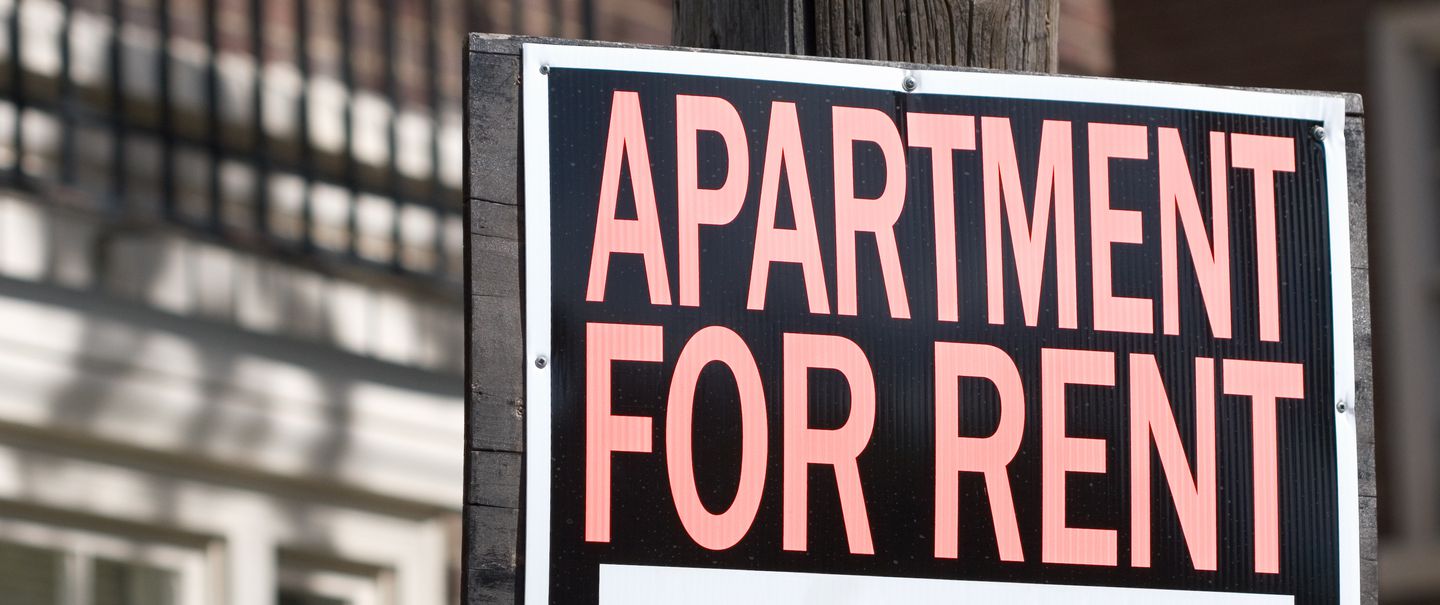For the first time ever, Moody’s Analytics found that the average renter household is paying 30% of their income on rent in the U.S., meaning that the country is now rent-burdened nationwide. In short: Rents are out of control. But if 30% is classified as rent-burdened — and who isn’t paying at least 30% these days — then how much should fiscally responsible tenants ideally spend on housing? Rather than throwing some fancy rent calculator at you, we’ve provided all the information you need to find out how much rent you can afford (plus some tips for getting by on a tight budget).
The 50/30/20 Rule
With the 50/30/20 rule, you can put a simple budget together in minutes. Simply take your take-home pay (after-tax income) and allocate:
50% for needs: rent, utilities, food, transportation, insurance, etc.
30% for wants: entertainment, drinks, meals out, clothes, travel, etc.
20% for savings and debts: student loans, debt, emergency fund, retirement account, etc.
The 30% Rule
If you want to go even more granular, experts say that you should spend no more than 30% of your gross monthly income (before taxes) on rent, leaving around 20% of your paycheck for other necessities.
Case Study
Let’s apply the above principles to someone who makes a $60,000 annual salary in California, which should be around $3,862 per month after taxes. All you have to do is multiply take-home pay by each percentage, which, if you’ve forgotten your math skills, is expressed as a decimal (30% is 0.30, for example).
$1,931 for needs
$1,159 for wants
$772 for savings and debts
If we only want to calculate a rent budget, we can simply take 30% of this person’s gross monthly income ($5,000), which gives us $1,500 — the maximum income that should go to rent.
How To Scrape By When Rents Are High
Live With Family or Roommates
According to the Pew Research Center, the number of Americans living in multigenerational households has quadrupled since the 1970s, with survey respondents citing financial issues as the top reason for living with family. More broadly, data show that the percentage of American adults sharing their living space has grown steadily since 2004. So, whether or not you enjoy living with others to save money on rent, you’ll be in good company.
Live in a Low-Cost Area
The average price for a one-bedroom apartment in New York City is $3,370. If we follow our 30% rule, that means that you’d have to make at least $112,333 a year after taxes to afford the average apartment. Since that’s out of reach for many people, it makes sense to move to a low-cost area like Wichita, Kansas, where a one-bedroom averages just $700. Of course, that’s easier said than done, especially if you’re tied down by a job, relationship, or family.
Live in a Rent-Controlled Unit
If you get your hands on a rent-controlled unit, you’d better stay for the long haul. They’re notoriously hard to find, in part because they’re only legal in a handful of cities and states.
Live in an Efficiency or Studio Apartment
If a one-bedroom apartment is out of reach, consider stuffing all of your possessions into a studio, or better yet, a “bachelor” unit without a kitchen! It’s going to suck, we know, but your future self is going to thank you for putting that extra rent money toward retirement.
Search for Apartments Off-Season
You’ll find the lowest rental rates in the winter months when demand is low. According to RentHop, the best months are between December and March, while the worst months are between May and October.
In Brief: Budget 30% of Your Income For Rent
So, how much can you afford in rent? The short answer is 30% of your gross income. Or, if you prefer a broader budget, use your net income and the 50/30/20 rule to calculate what you should spend on needs, wants, and savings.
For more budgeting advice, please sign up for our free newsletters.

 Photo credit: coldsnowstorm/istockphoto
Photo credit: coldsnowstorm/istockphoto






